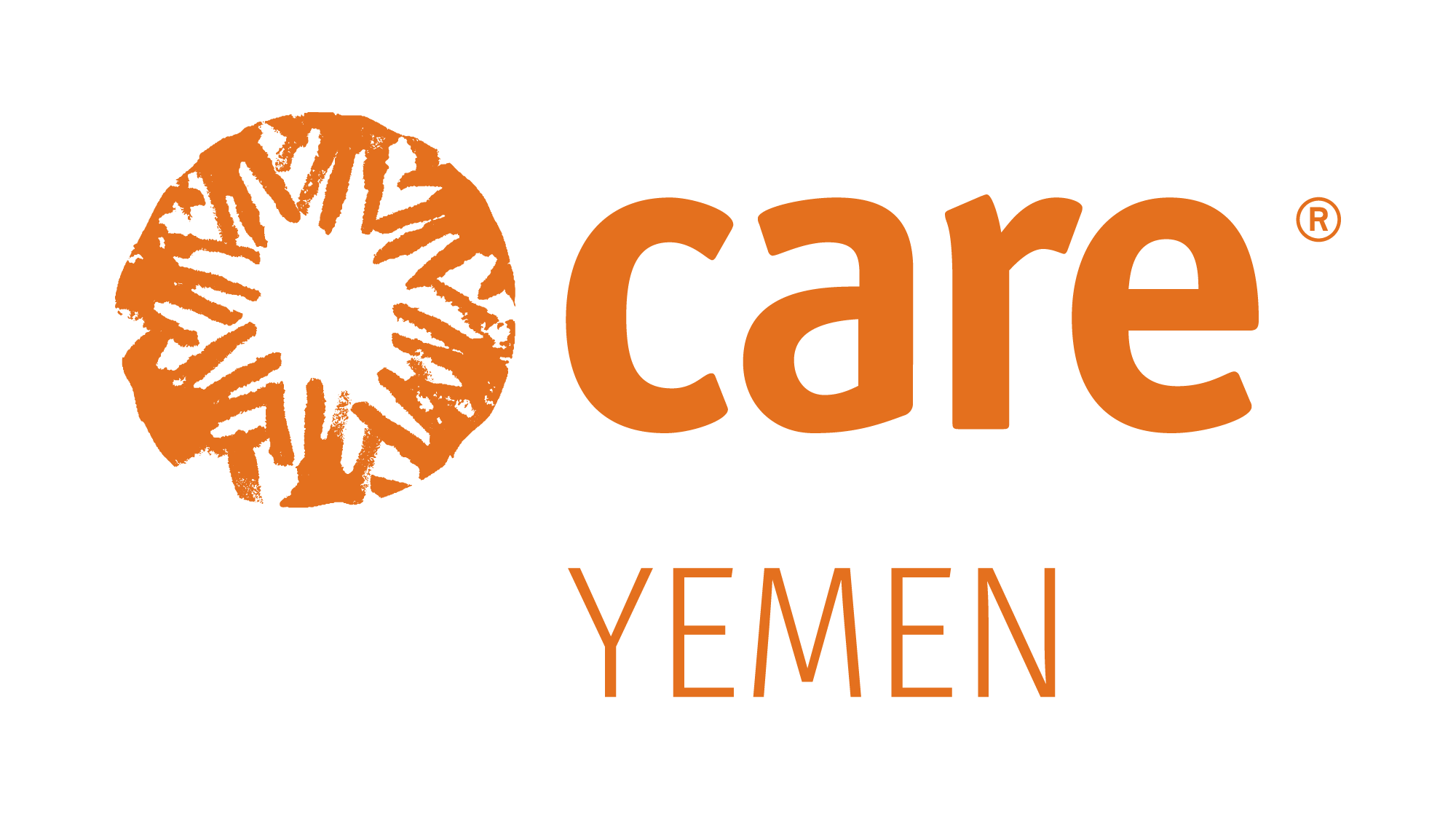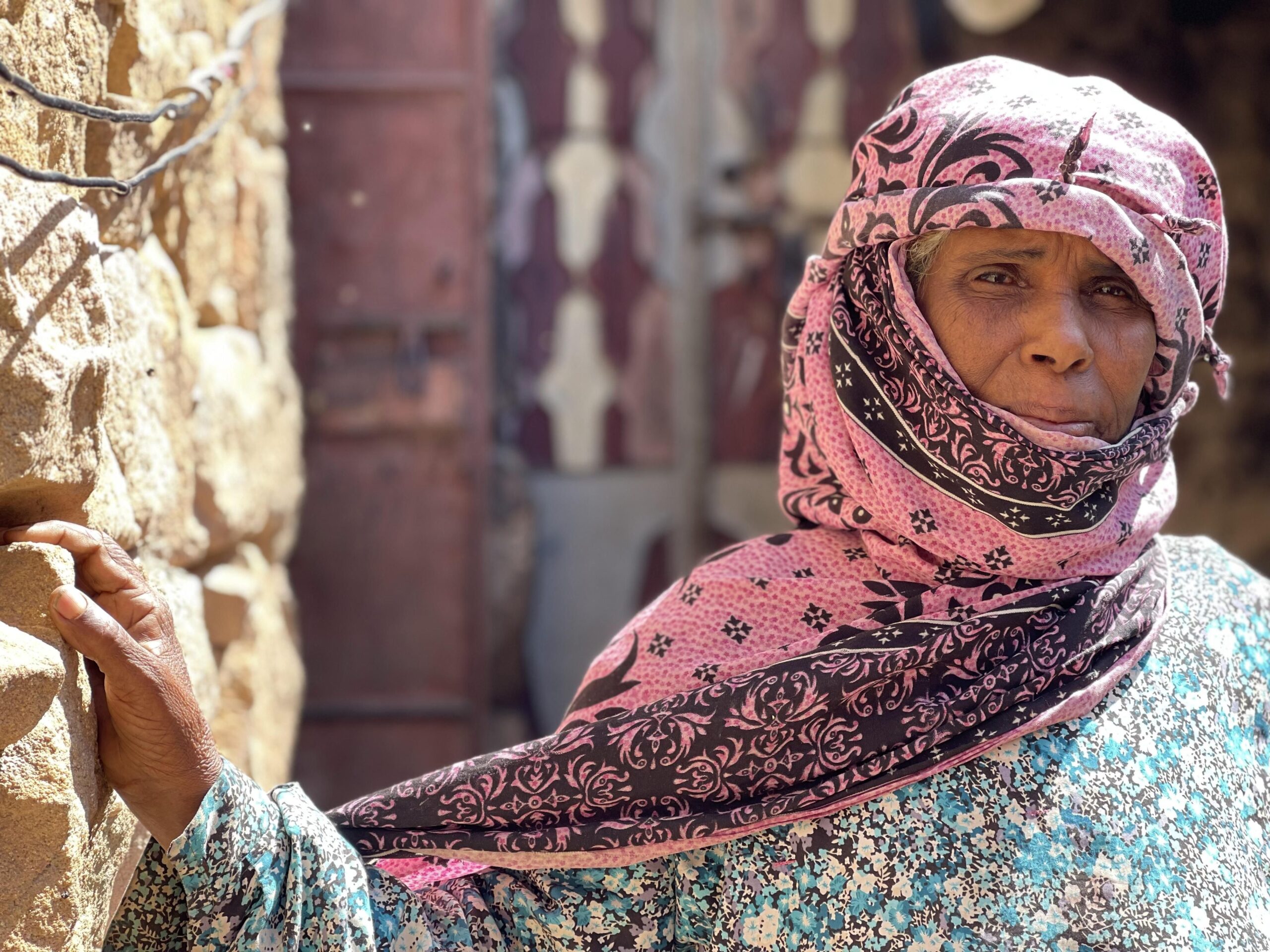As the international community gathers to reflect on the humanitarian situation in Yemen in 2023 and prepares to pledge funding and re-focus political will towards addressing the crisis, it is important to consider what has and has not changed over the course of 2022. Equally, it is critical to fully understand the implications of insufficient and inequitable humanitarian funding on the people of Yemen amid what has to date been the absence of a long-term sustained solution to the conflict.
Last year’s six-month UN-brokered agreement brought hope to millions of Yemenis, with a decrease of fighting, civilian casualties and conflict-related displacement. However, although the military conflict has not intensified significantly since the formal truce lapsed in October 2022, frontlines remain active with sporadic skirmishes leading to civilian casualties. At the same time, a rapidly worsening economy, decimated public infrastructure, together with a year-on-year decline in humanitarian funding, means that the lives of ordinary Yemenis continue to be threatened.
With the economic crisis pushing prices of food and basic goods and services up, they are becoming increasingly further out of the reach of many, and without steady sources of income, more families are dependent on humanitarian aid to survive.
Addressing access constraints and improving the quality of the response in one of the most challenging humanitarian operating environments in the world is critical to ensuring that humanitarian actors can understand and meet the needs of vulnerable Yemenis. Strengthened coordination, the formation of and adherence to response-wide common positions and improved accountability to affected populations alongside robust funding is critical to overcome humanitarian and protection needs.
The situation in Yemen is a complex protection crisis at its core. Many Yemenis struggle to live in safety and dignity and enjoy their basic rights or access to services. Yemeni girls and boys struggle to obtain quality education, conscious of what the days, months and years away from classrooms means to their future. Women, girls, older people, those living with disabilities, and marginalised groups such as the Muhamasheen, often struggle to access humanitarian assistance and bear the brunt of irreversible negative consequences, such as early marriage, discrimination, gender-based violence, lack of access to timely and quality healthcare, and inability to live in safety.
Less than half of health facilities are currently reported to be functioning, with about 11 percent fully or partially damaged due to the conflict. Access to health facilities remains severely restricted, with approximately 42 percent of the population having to travel more than an hour to reach the nearest fully or partially functional public hospital.
Against this backdrop of increasing needs, humanitarian funding continues to fall. As the trend in diminished humanitarian funding will likely persist, while needs remain high and the crisis becomes protracted, humanitarian actors will be pushed to do more with less, risking the lives of millions of Yemenis.
While the overall funding levels for the 2022 HRP only reached 52.5 percent, several sectors were particularly under-resourced. Within the Protection plan, gender-based violence and child protection only received 6.2 percent and 6.8 percent of the respective funding requested. There have been over 11,000 cases of killing and maiming of children verified since 2015, though the true toll is likely to be higher and the inadequate legal and policy framework in Yemen has further contributed to increased protection risks for children and marginalized groups. Despite a reduction in civilian casualties from April-October, victims of landmines and explosive ordnance increased by 160 percent even while the truce held. There is an urgent need to scale-up comprehensive mine action (including victim assistance, mental health and risk education) across Yemen as part of protection programming.
Likewise, despite an increase of an estimated 280,000 out-of-school children in 2022, and a staggering 8.5 million children being in need of assistance to access schooling, the education plan was only funded at 12.2 percent. This is less than half of what it was funded in the previous year despite the deepening of needs. Such a large gap in funding will, if repeated, undoubtedly have dire consequences on the future of next generation of Yemen’s crucial workforce and Yemenis’ quest to rebuild their lives and future.
Over 4.5 million people have been forced to flee their homes, making Yemen the sixth largest displacement crisis in the world. In our daily work we see the continued impact of the humanitarian situation, especially those who are displaced from their homes. The vast majority of IDPs continue to be in high need of life-saving services, including GBV, child protection, health care and nutrition services. Despite this, Camp Coordination and Camp Management was only 2.6 percent funded in 2022.
While two-thirds of the population (21.6 million people) will rely on humanitarian assistance, humanitarian actors foresee that no less than $4.3 billion is needed to make the goal of reaching the most vulnerable people into a reality. Humanitarian needs have accumulated by years of conflict and longer-term, flexible funding is needed to help address the root causes of the crisis and invest in dignified and durable solutions. Without this, millions of Yemenis risk being locked into a cycle of crisis for years to come.
The prospect of an extended truce should not mask the complexity of reaching a real political solution to the conflict nor the role that addressing extreme levels of humanitarian need will play in that process. Now is the moment for donors to invest both funding and political will to address Yemen’s conflict and humanitarian crisis simultaneously.
We the undersigned international and local NGOs working in Yemen urge donors to respond to these urgent needs to address Yemen’s complex, large-scale, and protracted crisis by committing to the required funding at the High-Level Pledging Event. It is time for humanitarian actors and donors to consider more strategic planning towards supporting sectors that were severely underfunded in 2022, ensuring full and equitable funding so that humanitarian investment makes the impact required for the needs of all Yemenis.
Sincerely,
- Abs Development Organization for Woman & Child
- ACTED
- Action Contre la Faim
- Action For Humanity
- ADRA
- Alkhair Foundation for Social Development
- Al-Nahda Youth Organization to Save Marginalized in Yemen
- Attadhamon Foundation for Development
- Building Foundation for Development
- CARE
- Civilians in Conflict
- Danish Refugee Council
- Diakonie Katastrophenhilfe
- Direct Aid
- FHI 360
- Geneva Call
- Generations Without Qat
- Global Communities
- HALO
- Human Appeal
- Humanity and Inclusion
- International Medical Corps
- International Rescue Committee
- INTERSOS
- Islamic Relief
- MedGlobal
- Marie Stopes International
- Medair
- Mercy Corps
- Norwegian People’s Aid
- Norwegian Refugee Council
- Oxfam
- Qatar Charity
- People in Need
- Polish Humanitarian Action
- Première Urgence – Aide Médicale Internationale
- READ Foundation
- Relief International
- Responsiveness for Relief and Development
- Samaritan’s Purse
- Save the Children
- Search for Common Ground
- Solidarités International
- SOS Foundation for Development
- Sustainable Development Foundation
- Tamdeen Youth Foundation
- University Youth Foundation for Development
- War Child Canada
- War Child UK
- Vision Hope International
- Yemen Family Care Association
- Youth Leadership Development Foundation
- ZOA


